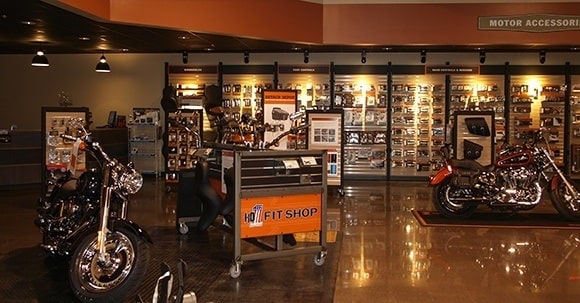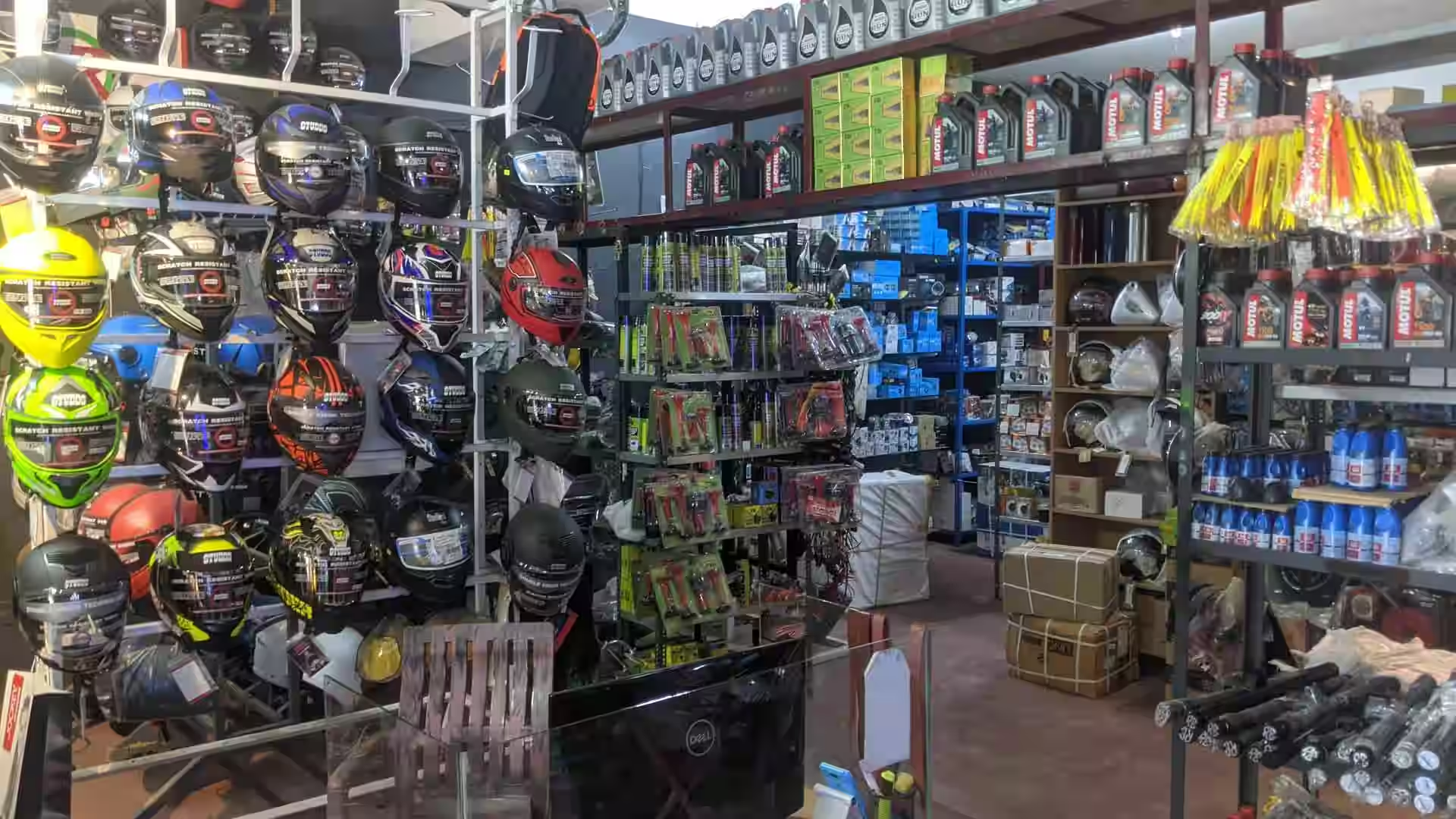Comprehending the Important Parts of a Motorbike: A Comprehensive Guide for Lovers
For bike lovers looking to raise their riding experience and ensure their bikes run smoothly, recognizing the vital parts of a motorcycle is critical. Each component, from the engine's elaborate workings to the vital role of the braking mechanisms, not just influences performance however additionally safety and comfort. This overview will certainly go through the fundamental parts that every biker ought to be acquainted with, enabling informed options in both upkeep and prospective upgrades. As we start this expedition, one must ask: exactly how does each component connect to create the seamless adventure every enthusiast seeks?
Engine Parts

The camshaft plays an essential duty in managing the timing of the engine's shutoffs, ensuring the accurate opening and closing required for efficient gas and air consumption, as well as exhaust expulsion. This timing is critical to preserving optimal engine efficiency and effectiveness. In addition, the carburetor or fuel injection system, depending upon the motorcycle design, is in charge of mixing air with gas in the proper ratio for burning.
The air conditioning system, either air or liquid-based, works to preserve the engine's temperature level within functional limits, stopping overheating and making certain longevity - mx gear nz. Each element, carefully designed and integrated, contributes to the seamless operation of the engine, specifying the motorcycle's power output and general efficiency
Transmission System
Integral to the motorcycle's performance, the transmission system makes certain effective power transfer from the engine to the wheels. This system comprises numerous crucial components, including the clutch, transmission, and final drive, each playing an essential duty in translating the engine's power into motion. The clutch, generally operated by a hand bar, offers to disengage the engine and engage from the transmission, permitting smooth gear modifications and regulated acceleration.
The gearbox, typically referred to as the transmission correct, contains a collection of gears that riders can by hand change via to change the bike's rate and torque outcome. These gears are organized in a sequence that makes it possible for the bike to increase smoothly and keep optimal engine performance throughout different speeds. A lot of motorbikes utilize a consecutive transmission, needing the rider to change equipments in a predetermined order.
Braking Mechanisms
While recognizing the transmission system is vital to using a motorbike's power, similarly essential is the capacity to manage and quit that power effectively, which is where stopping mechanisms come into play. Brakes are critical for safety and efficiency, offering the rider with the essential control to browse different surfaces and conditions. Generally, motorbikes include 2 sorts of stopping systems: disc brakes and drum brakes.
Disc brakes are more widespread in contemporary bikes as a result of their premium efficiency. They include a brake disc, caliper, and pads. When triggered, the caliper squeezes the brake pads against the spinning disc, transforming kinetic energy right into warm, thus reducing the wheel. This system provides better warmth dissipation, constant efficiency, and boosted quiting power, specifically in wet problems.
On the other hand, drum brakes, though much less usual, are still located in some bikes. They function by pressing brake shoes versus the internal surface of a drum affixed to the wheel. While normally much less reliable in heat dissipation and stopping power, drum brakes are easier and much more cost-effective.
Comprehending these stopping systems' nuances allows bikers to preserve their motorbikes effectively and value the design that makes certain efficient and safe stopping.
Suspension and Steering
Suspension and steering systems are essential parts that significantly influence a bike's handling and adventure comfort. The suspension system, consisting of forks at the front and shock absorbers at the back, absorbs road irregularities, improving stability and control. Front forks, usually telescopic or inverted, internet compress and rebound to reduce impacts, while back shock absorbers keep tire call with the roadway, important for traction and security.
Steering, focused around the handlebars, links the motorcyclist to the motorbike's directional control. The steering head bearings make certain smooth operation, allowing specific ability to move. Appropriate placement and upkeep of these bearings are important for predictable guiding response and reducing cyclist exhaustion.
The suspension's adjustability is an additional crucial facet; preload, damping, and rebound setups allow modification to fit various riding styles and problems. This flexibility is essential for enhancing performance, whether browsing city streets or tackling sturdy tracks. Developments like electronic suspension systems supply real-time changes, improving trip top quality across varied surfaces.

Electric Equipments
After making sure a smooth and regulated ride via reliable suspension and steering systems, focus turns to the electric systems, a crucial element of contemporary motorbikes. These systems play an important duty not only in beginning the engine but also in powering numerous parts that enhance the performance and safety and security of the bike.
At the heart of a motorbike's electric system is the battery, which shops electrical energy necessary for starting the engine and powering complementary systems - mx parts nz. The generator or generator, paired with the rectifier-regulator, ensures the battery remains charged while the motorcycle is in procedure, transforming mechanical power right into electrical power and keeping voltage degrees
The ignition system, an additional important part, is in charge of firing up the air-fuel mixture in the engine's cyndrical tubes. Modern bikes often use a digital ignition system, using better performance and integrity contrasted to conventional systems.
Lights systems, consisting of fronts lights, tail lights, and indications, are also essential, ensuring visibility and safety for the rider. Extra digital elements such as sensors, control systems, and displays add to sophisticated features like fuel injection monitoring, anti-lock stopping systems (ABS), and electronic dashboards, better improving the riding experience.
Final Thought
An extensive comprehension of a bike's essential elements, including the engine, transmission system, stopping mechanisms, suspension, steering, and electric systems, is indispensable for enthusiasts intending to enhance security, convenience, and efficiency. Mastery of these components enables educated choices pertaining to used motor bikes maintenance and upgrades, ultimately improving the riding experience. By incorporating this expertise, bikers can guarantee their motorcycles operate at peak performance and dependability, thereby optimizing both enjoyment and longevity of their vehicles.
For bike enthusiasts looking to raise their riding experience and guarantee their bikes run efficiently, comprehending the vital parts of a motorcycle is critical.Important to the motorcycle's capability, the transmission system ensures effective power transfer from the engine to the wheels.While recognizing the transmission system is essential to utilizing a motorcycle's power, similarly essential is the capability to control and stop that power efficiently, which is where stopping systems come right into play. Generally, motorcycles include see here now 2 kinds of stopping systems: disc brakes and drum brakes.
A detailed understanding of a motorbike's necessary parts, consisting of the engine, transmission system, braking systems, suspension, guiding, and electrical systems, is vital for lovers aiming to enhance comfort, security, and performance.